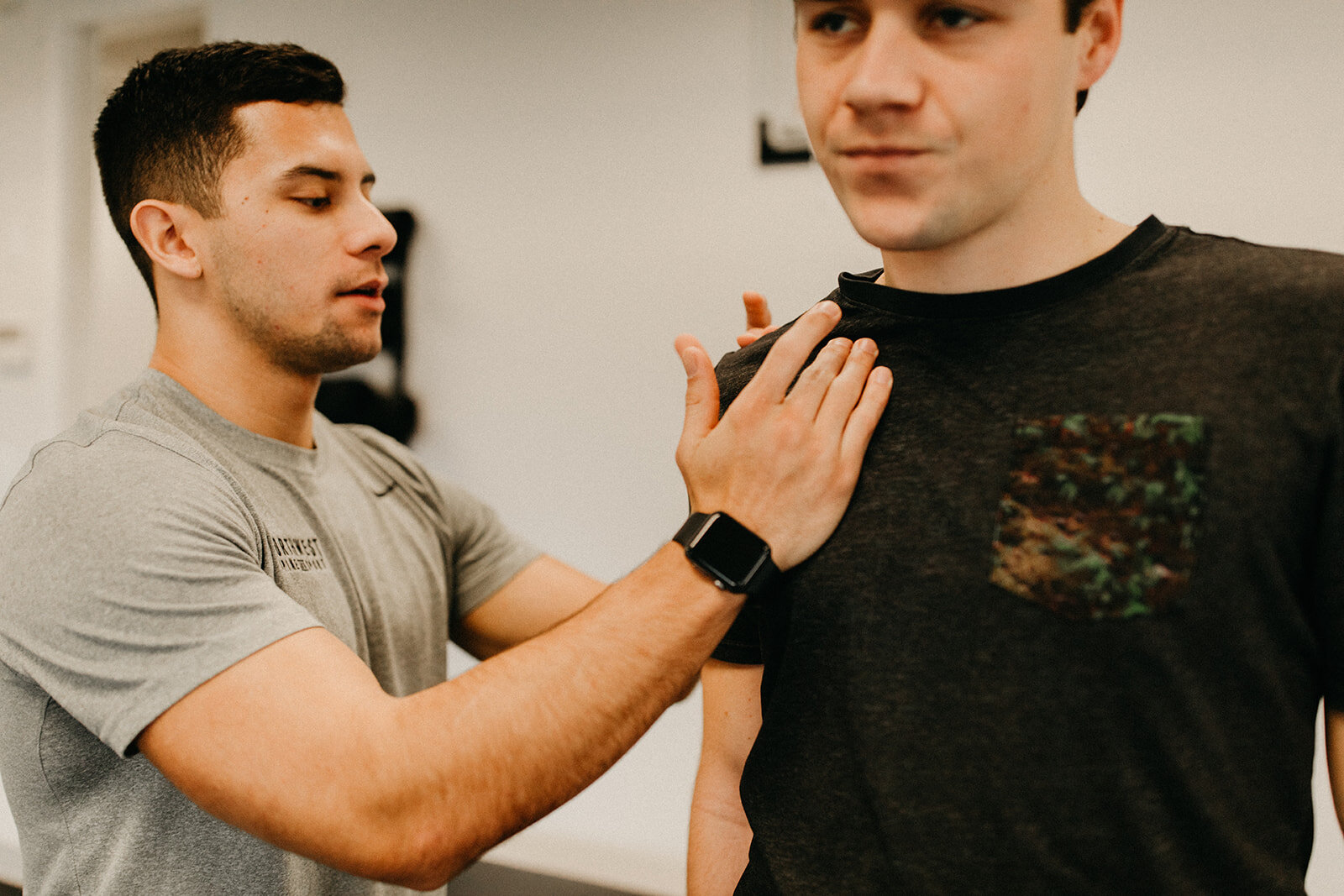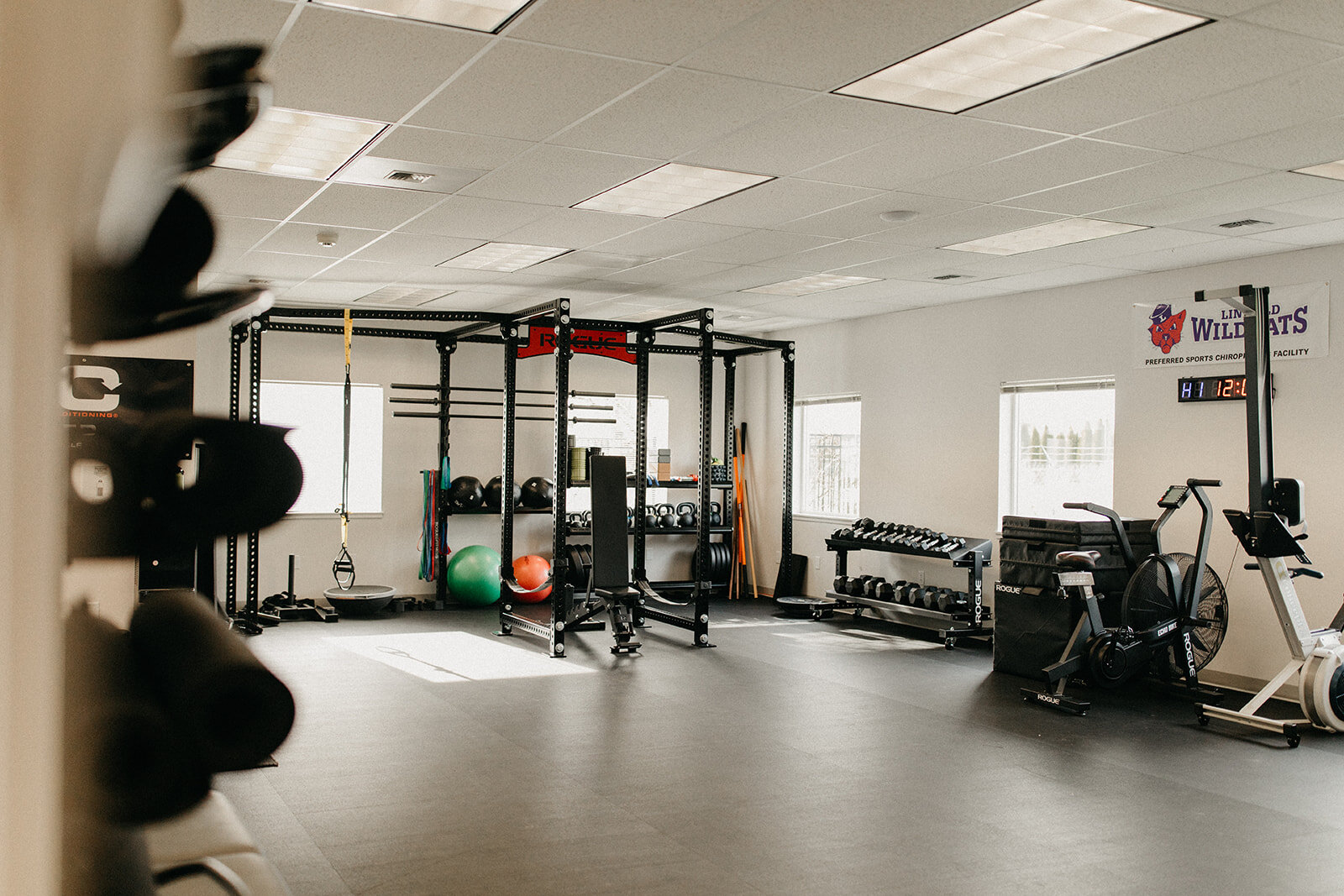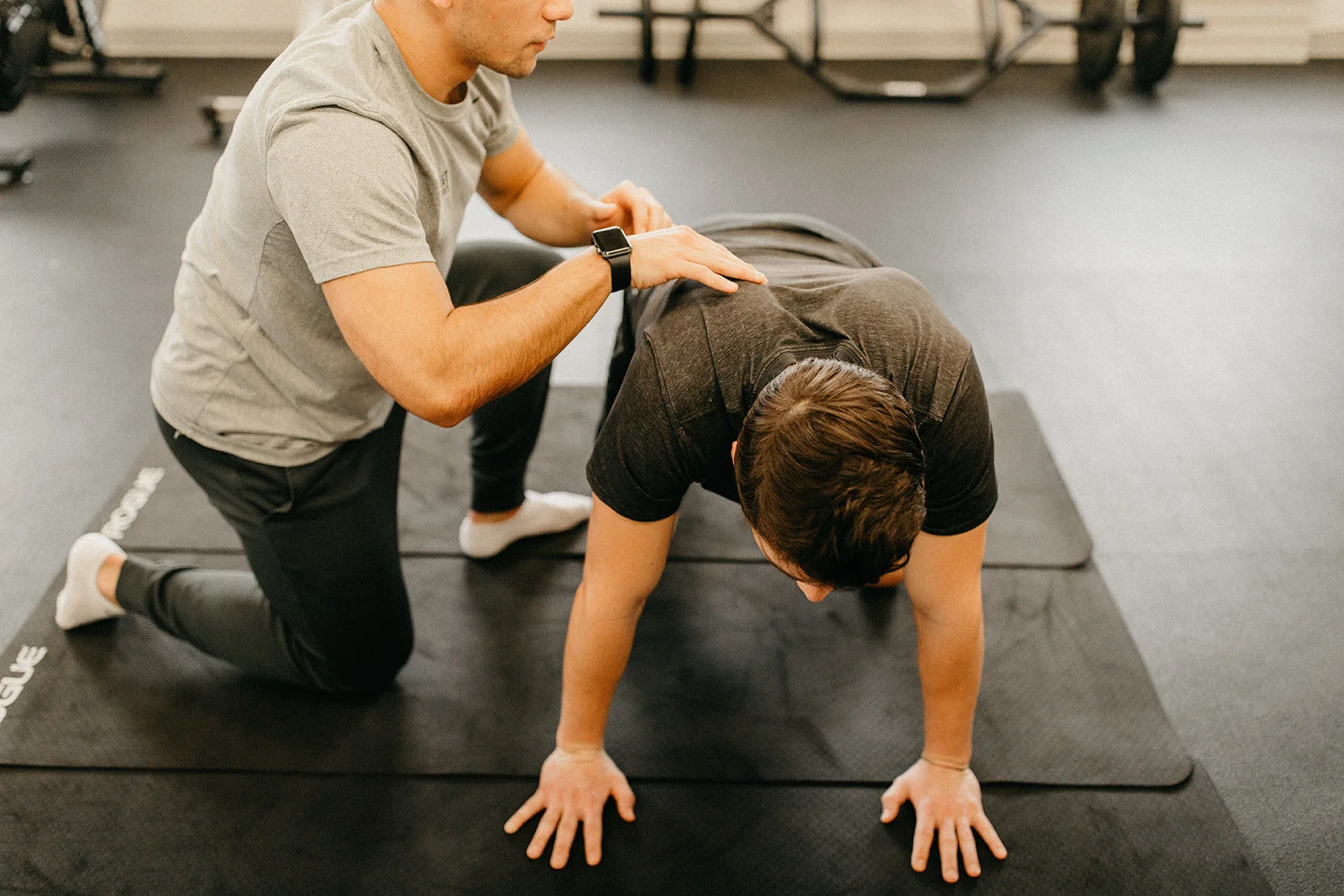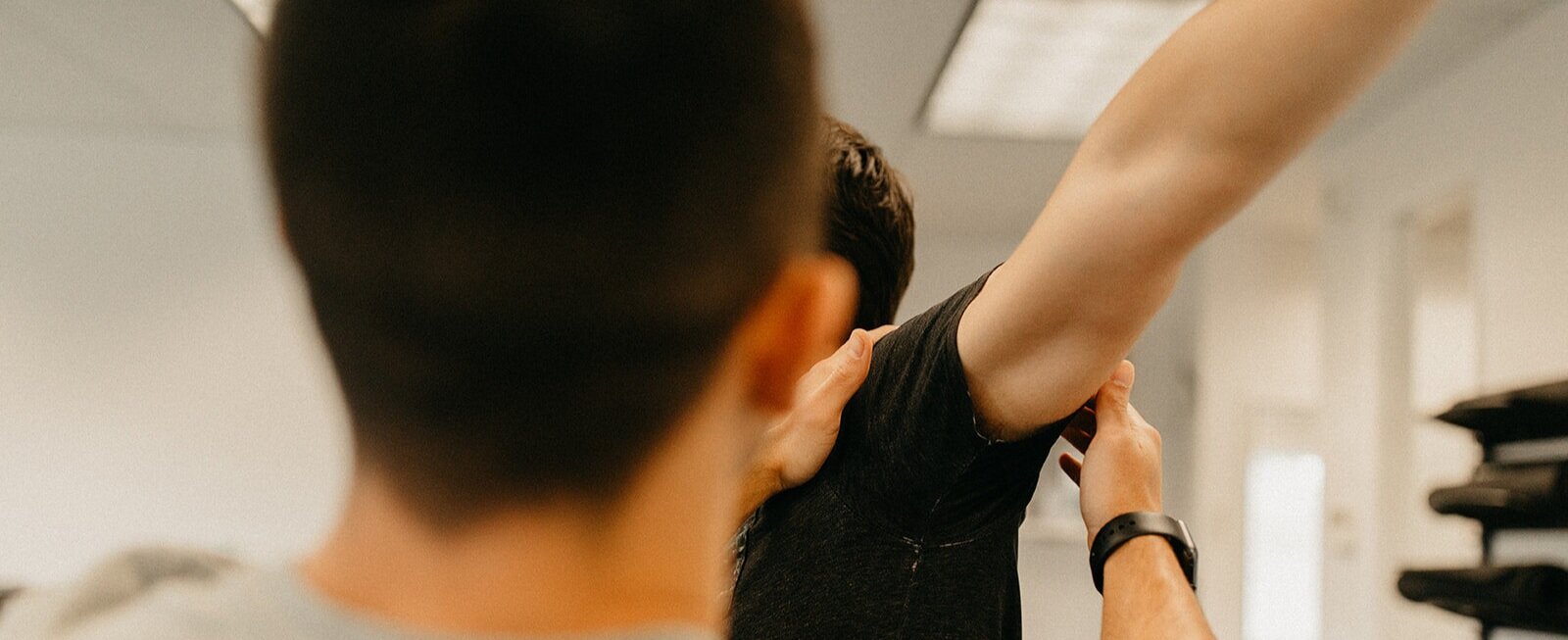making stuff work nice
Written by Dr. David Voigt
“You can’t move where you can’t move.”
“You can’t move where you can’t move.” Sounds obvious right? Like it’s a joke, maybe one of those Zen riddles? (What is the sound of one hand clapping)? While this statement may sound like a no-brainer upon first hearing it, the fact is it’s a truth that is very often overlooked and ignored in the realms of healthcare and strength and conditioning.
(In this article I'm using the shoulder as an example, but the same principles and concepts apply for any part of the body. Neck, low back, ankle, knee, big toe, all of it).
Ok, well so what?
Take for example, if your shoulder joint is unable to flex past 90 degrees (i.e. lift your arm up above your head), but you want to lift weights overhead, that’s going to be problematic. Because despite not having the prerequisite motion available in your shoulder, your brain will figure out a way to accomplish the task (lifting weights) using the tools it has at its disposal. It will compensate and involve other parts of the body (neck, mid-back, etc) to get the job done. Some body parts will do too much, and others will not do enough, and over time this results in pain and injury to the joints and soft tissues in those areas.
Why can’t I lift my arm overhead anymore?
In a word -- Evolution. Humans evolved to naturally select for efficiency, in order to better conserve energy and increase the odds of survival. We didn’t evolve to walk upright because it was encoded in our DNA, but because it was the most efficient way to acquire stuff we needed to survive.
How does this relate to us in modern day? The human nervous system still prioritizes efficiency and conservation of energy. It is always getting better at the things we are doing, and getting worse at what we are not doing. This is called neuroplasticity.
So if you stop raising your arm up above your head, over time your brain gets the message that it isn’t important for you to raise your arm that high anymore. So to save time and energy your nervous system enacts mechanisms that make it so you are unable to raise that arm anymore. Essentially, it boils down to “use it or lose it.”
What do we do about this?
We need to make your shoulder better at being a shoulder. Make it better at “shoulder-ing.” That is to say, to improve at performing the fundamental joint motions that by definition make it a shoulder.
The best way to maintain the health of a joint is to move it. Frequently. Through all of its available pain-free ranges of motion (i.e. CARs). And if we want to expand those ranges of motion? Load it. Increase the capacity of the joint and its physical workspace in a safe, specific and effective manner (i.e. PAILs).
Because it is our own nervous system that is limiting our range of motion, making the soft tissues tight, we need to demonstrate that we can generate strength and control in the end-ranges of a joint, in order for our nervous system to ‘trust’’ that it is safe to move into that range, and let those tissues relax and lengthen out.
At Northwest Spine and Sport that is exactly what we do, all day long. Our practitioners are trained in a comprehensive system of soft tissue assessment, treatment, and rehabilitation called Functional Range Systems ®, based on the most current scientific research available. Built upon the philosophy of “making stuff work nice,” which translates into increasing range of motion, tissue capacity, strength, control, and reducing pain.
To use a flawed analogy, think of a computer. Is it better to run the latest program/app/game on an outdated PC? Or is it better to upgrade the entire PC, so that it can safely and powerfully run any program/app/game you can think of? Improving your joint health and capacity is upgrading your hardware. Simply put, It is you getting better at being you.
“In the sum of the parts, there are only the parts.”






